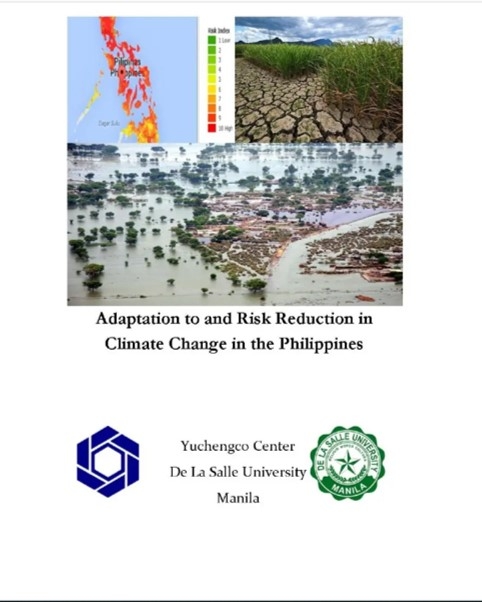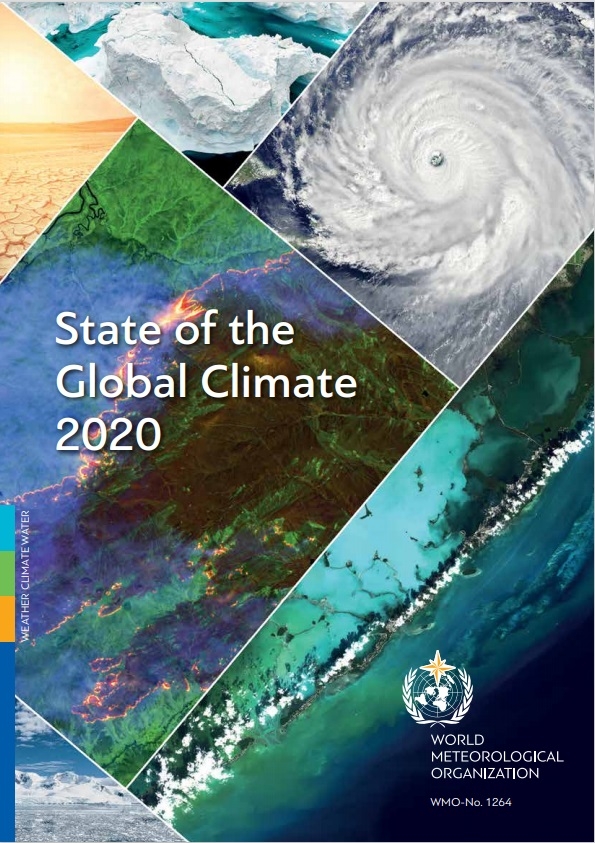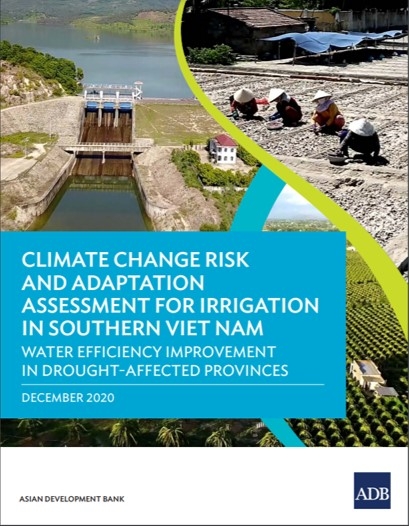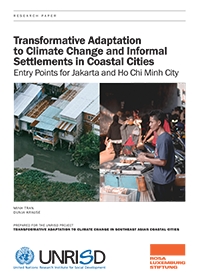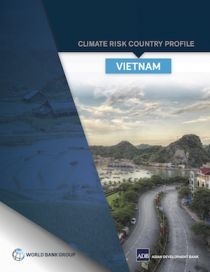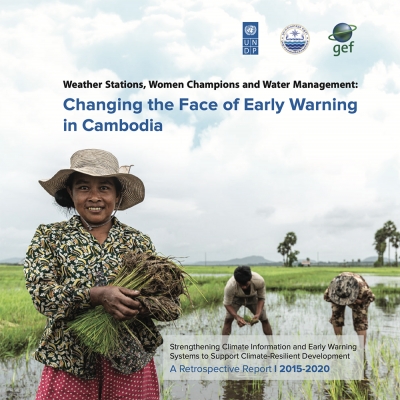Harvested Publications
The report, “Adaptation to and Risk Reduction in Climate Change in the Philippines,” that the Yuchengco Center, De La Salle University, Manila, published presents a thorough investigation of the country’s exposure, vulnerabilities to climate change, climate projections, other issues related to climate change, the country’s response, and recommendations from the authors. The Philippines ‘ vulnerability to climate change is due to its geography, location within the pathway of typhoons in the Pacific Ocean, and earthquake-prone Pacific Rim. The deadliest storm that hit…
2021 must be the year for climate action – “the make it or break it year,” said United Nations Secretary-General António Guterres at the launch of WMO’s report on the State of the Global Climate 2020 which highlighted accelerating climate change indicators and worsening impacts. “This is a frightening report. It needs to be read by all leaders and decision-makers in the world,” Mr Guterres told journalists. “This report shows that 2020 was also another unprecedented year of extreme weather and climate disasters. The…
Agroecology is increasingly seen as being able, or even necessary, to transform food systems (HLPE 2019). The Foreign, Commonwealth and Development Office (FCDO) and the CGIAR Research Programme on Climate Change, Agriculture and Food Security (CCAFS) commissioned this rapid evidence-based review to assess the quality and strength of evidence regarding (i) the impact of agroecological approaches on climate change mitigation and adaptation in low- and middle-income countries (LMICs) and (ii) the programming approaches and conditions supporting large-scale transitions to agroecology…
Abstract: Population growth, rapid urbanization and dietary changes have resulted in growing global demand for livestock products, with a negative impact on climate change. Increasing temperatures, increased climate variability, and more frequent and severe extreme weather events are all threatening livestock production systems. The livestock sector is a major contributor to climate change, it is estimated that the sector emits about 7.1 giga-tonnes of CO2 equivalent (CO2eq.), about 18 percent of the total anthropogenic greenhouse gas (GHG) emissions (FAO, 2006).…
Landslides are a geological process common across ASEAN Member States (AMS). They are often triggered by earthquakes, unstable geological conditions, and/or rainfall. Human development activities on fragile slopes are also responsible for landslides. Landslide numbers are on the rise mainly due to increasing rainfall intensity. Landslides can co-occur at the same time as floods during, or in the aftermath, of heavy or prolonged rainfall events. Seven out of ten ASEAN Member States (excepting Brunei, Cambodia, and Singapore) were affected by…
It highlights new developments and key lessons on climate risk assessment that may be applied to the project design and monitoring as well as the implementation of climate adaptation measures. The WEIDAP project was developed in response to the drought that affected southern Viet Nam in 2015–2016. It focused on irrigation modernization and the integration of climate-resilient agricultural and efficient on-farm water management practices.
This study is part of the UNRISD project Transformative Adaptation to Climate Change in Southeast Asian Coastal Cities which explores adaptation decision-making processes and barriers to transformative solutions in order to inform more progressive policy making in the context of Southeast Asian coastal cities.This paper explicitly posits social and environmental justice as an integral part of transformation and transformative adaptation, and synthesizes the findings from case study research that was undertaken on adaptation in the context of informal settlements and urban development…
This October marked the end of the United Nations Development Programme (UNDP)-supported ‘Strengthening Climate Information and Early Warning Systems in Cambodia’ project. A number of milestones have been achieved by the GEF-LDCF funded project, including installation of 53 automatic weather and hydrology stations, nationwide implementation of the EWS 1294 system, development of several notable national strategies and policies, and training of over 12,000 Cambodians. As the project comes to a close, however, it is important to reflect not only on what has been achieved, but also…
It outlines rapid onset and long-term changes in key climate parameters, as well as the impact of these changes on communities, livelihoods, and economies—many of which are already underway. The publication is part of a series of climate risk country profiles published jointly by ADB and the World Bank Group. The aim of the series is to provide development practitioners with easy-to-use technical resources to facilitate upstream country diagnostics, policy dialogue, and strategic planning.
Disasters driven by the climate crisis are increasingly impacting lives and livelihoods and are predicted to reduce Cambodia’s GDP by 9.8% by 2050 even under an optimistic scenario1 . In response to these challenges, the Royal Government of Cambodia is building a comprehensive digital solution for climate change adaptation. This is based on real-time online data that can be used to detect adverse trends and to prepare for extreme weather events. Under the leadership of the Ministry of Water Resources…

